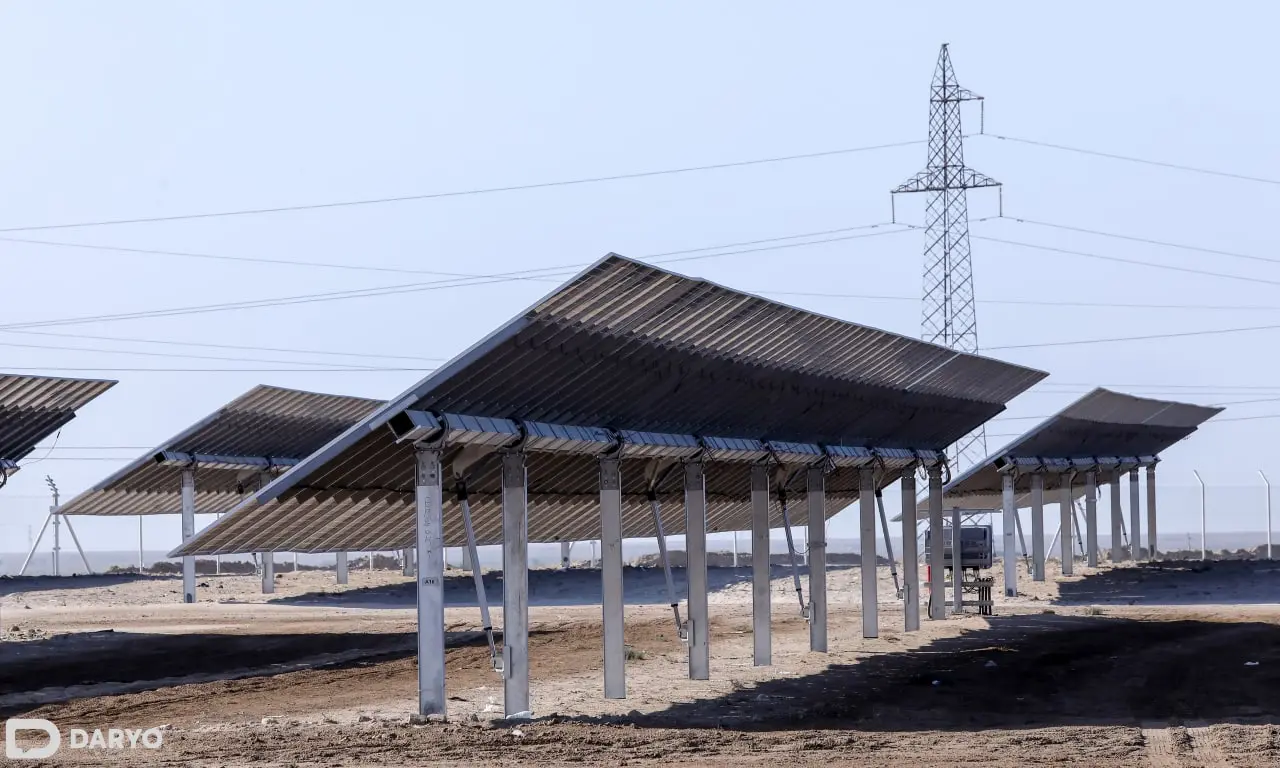Solar and wind power stations in Uzbekistan have produced more than 4bn kilowatt-hours (kWh) of electricity in 2024, according to the Ministry of Energy. Of this total, solar plants account for approximately 3.49bn kWh, while wind plants contribute 506.4mn kWh.

Currently, nine solar photovoltaic power plants and one wind power station, located across seven regions of Uzbekistan, are contributing to the country's renewable energy efforts.
These facilities have a combined capacity of 2.7 gigawatts (GW). Production milestones include reaching 1bn kWh by May 31, 2024, 1.6bn kWh in the first half of the year, and 2bn kWh by August 20, 2024.
The environmental impact of this renewable energy production is substantial. By utilizing these "green" power stations, Uzbekistan has saved about 1.2bn cubic meters of natural gas and prevented the emission of 1.68mn tons of harmful gases into the atmosphere. This electricity output is equivalent to meeting the annual social norm for approximately 1.67mn households.
In previous years, solar power plants in the Navoi and Samarkand regions produced 434mn kWh in 2022 and 576.9mn kWh in 2023.
To further bolster its renewable energy capacity, Uzbekistan plans to launch 28 large solar and wind power plants over the next three years, adding 8 GW to its energy portfolio. Additionally, the construction of 944 kilometers of high-voltage power lines, six large substations, and 18 electrical storage systems with a total capacity of 2.2 GW is on the agenda.
As Uzbekistan continues to invest in renewable energy infrastructure, the nation aims to enhance its energy security, reduce greenhouse gas emissions, and meet the growing demands of its population and economy.
Follow Daryo's official Instagram and Twitter pages to keep current on world news.
Comments (0)